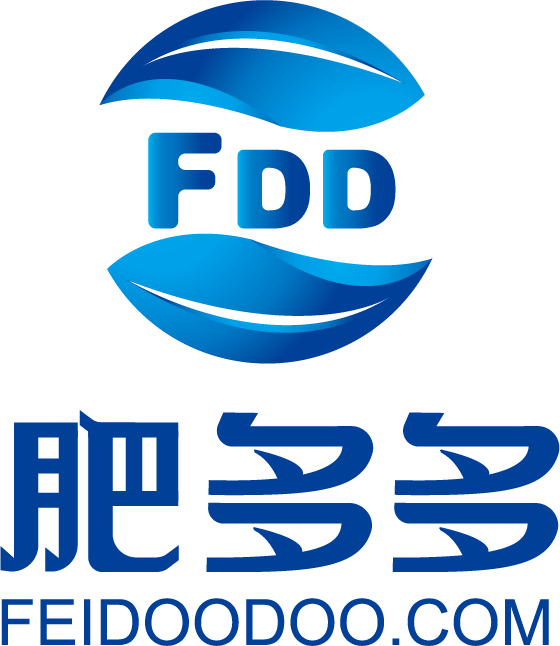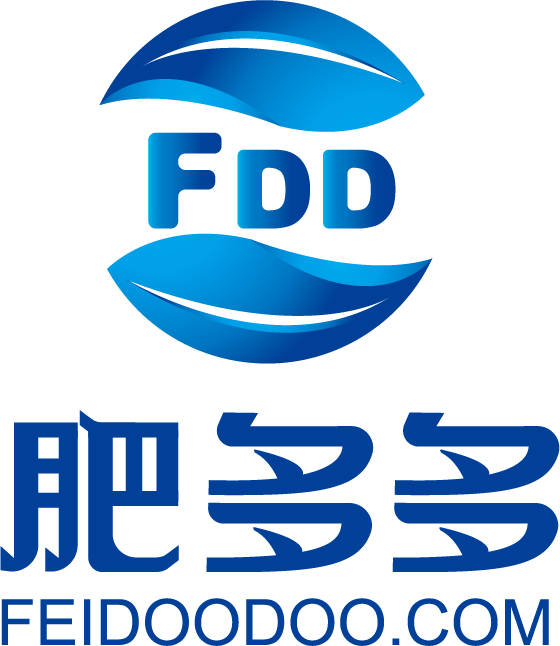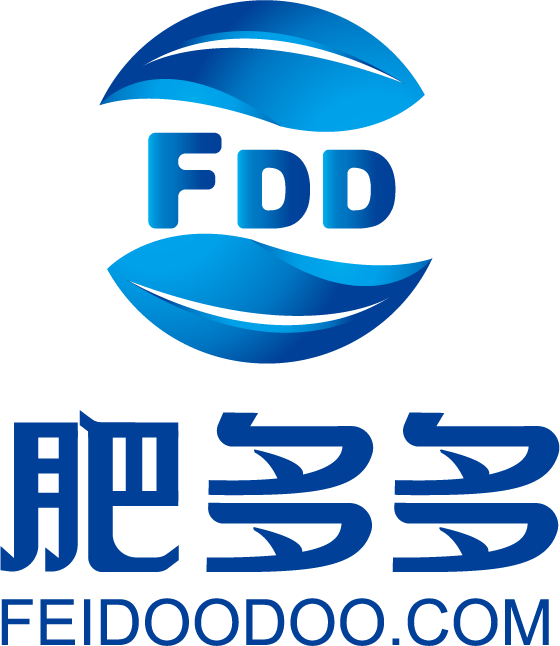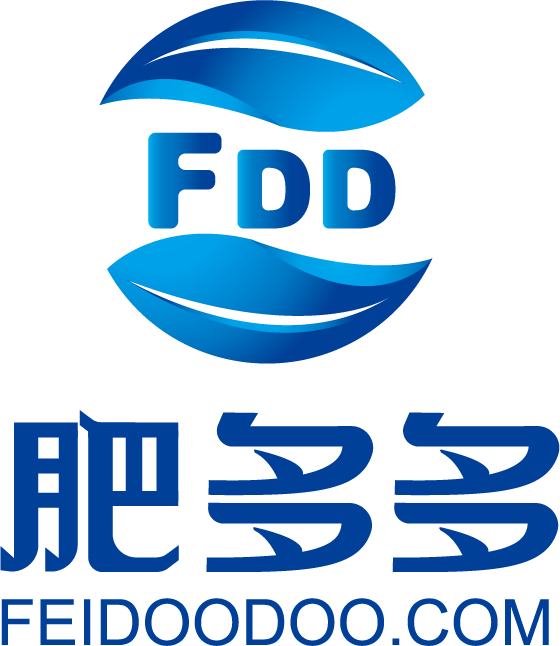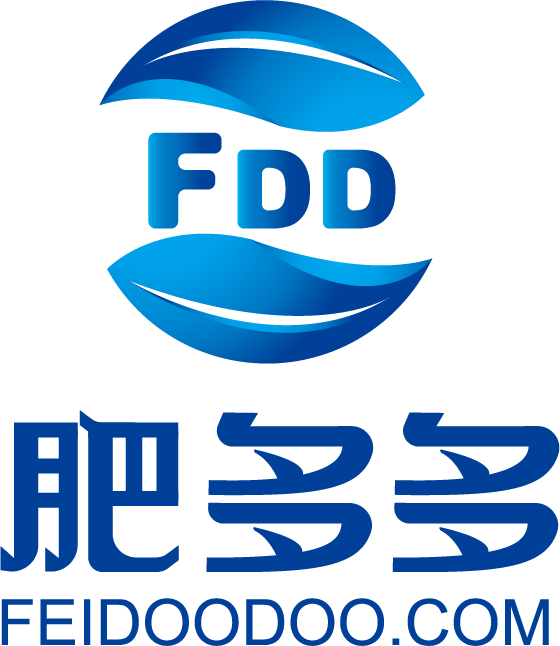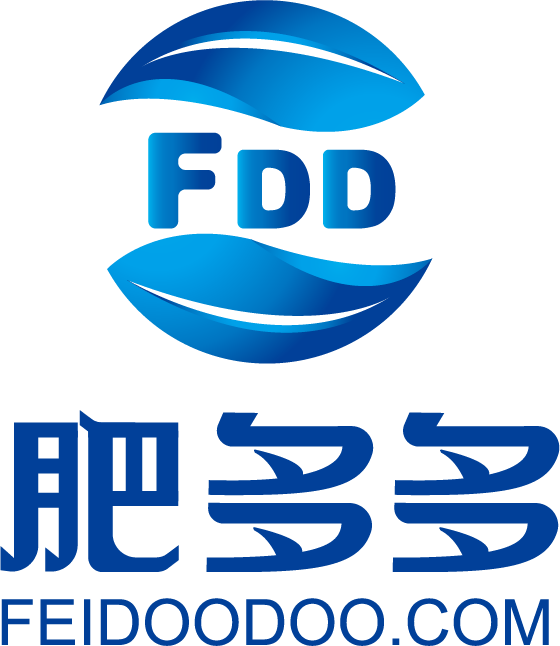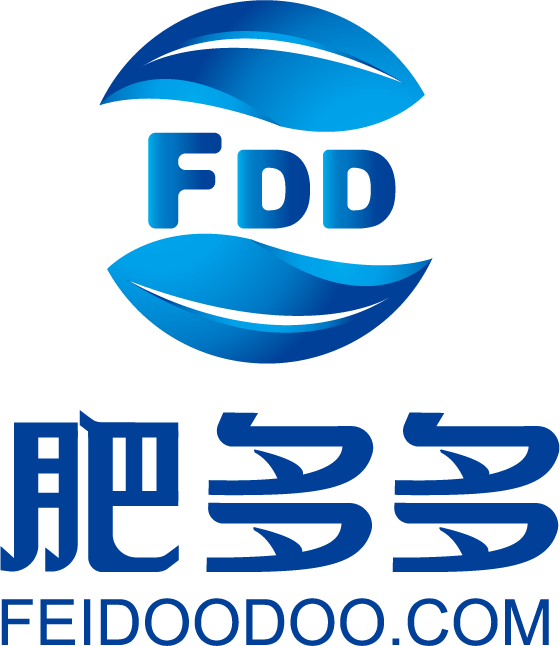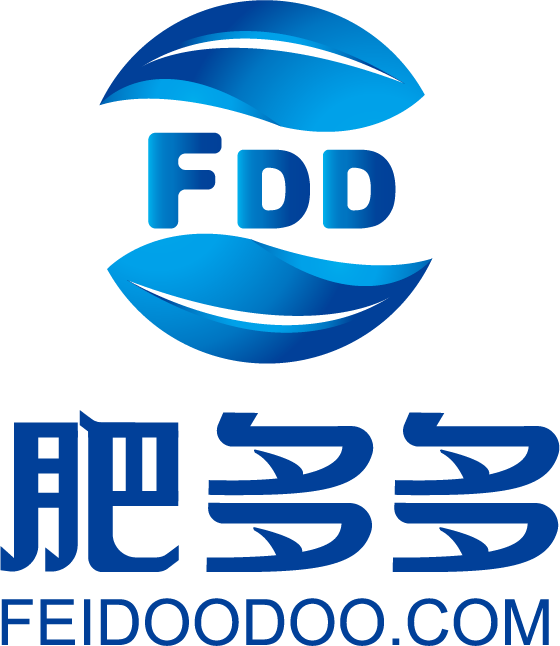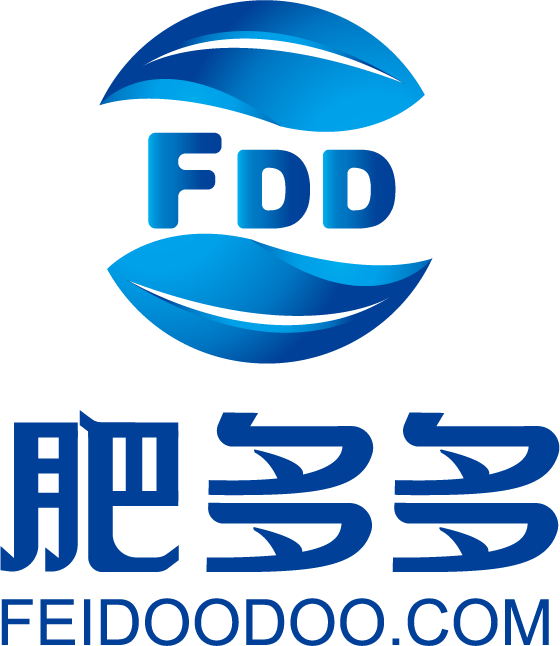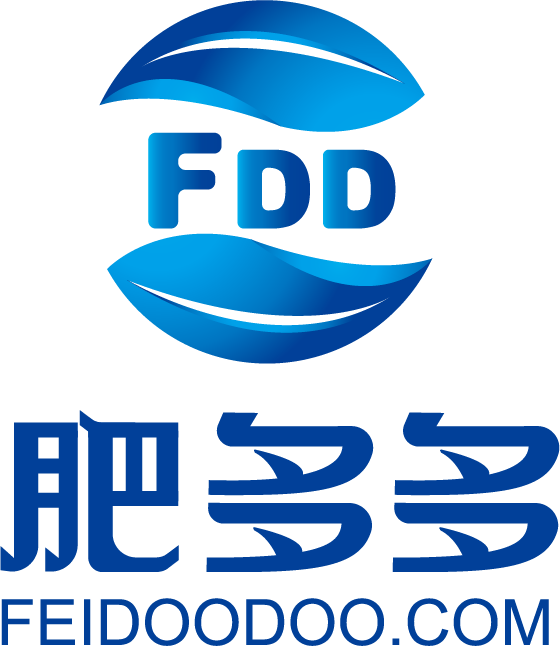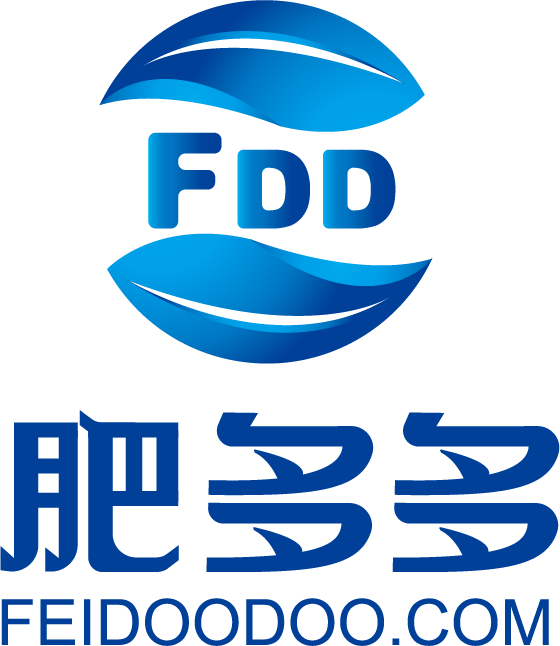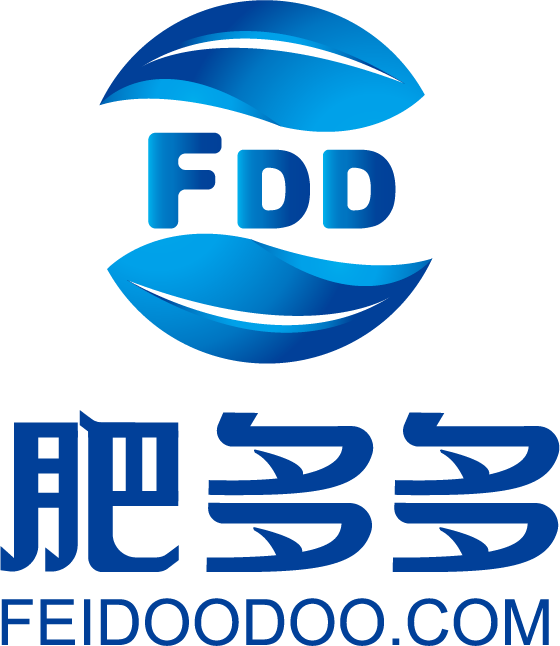- In the past week, European natural gas prices surged by 40%, challenging nitrogen production in the region. This rise impacted the profitability of urea and nitrate producers. The escalation was due to weather changes, energy security issues, and uncertainties related to Bulgarian taxes on Russian gas. Even efficient urea producers face high production costs with these gas prices. However, despite previous challenges, the supply situation is improving, with factories resuming production and buyers being cautious about price risks.
- On October 16th, the domestic monoammonium phosphate market maintained stability, with most companies focusing on executing previous orders. Despite limited new transactions, pending orders provided continued support. Meanwhile, the diammonium phosphate market saw a slight price increase, influenced by a significant decline in its operating rate and positive market trading atmosphere. Both markets are expected to remain stable in the short term, influenced by pending orders and demand.
- On October 16th, the urea small particle price index increased, with the futures market showing positive momentum. In the spot market, most urea companies reported rising ex-factory prices, indicating an easing of sales pressures. Region-wise, varying price trends were observed. As for the future, while the daily urea production is expected to remain high, positive export news and low-end market transactions suggest that urea prices might see a short-term stable to minor increase.
- Due to anticipated effects from El Niño, the Zimbabwean government has suspended the import tax on nitrogen fertilizers. This move aims to reduce costs and ensure increased food production. The FAO warns of potential global impacts of El Niño on agriculture in the 2023/24 season. Over the past two years, farmers worldwide, and especially in Zimbabwe, have faced rising fertilizer prices due to natural gas price surges and geopolitical tensions. The Zimbabwean government's recent policy exempts up to 250,000 tonnes of essential fertilizers from import taxes for 12 months.
- This week's phosphate fertilizer market analysis indicated a stable price for monocalcium phosphate, bolstered by companies' pending orders, despite weak cost support from raw materials. The diammonium phosphate market saw a slight price decline, primarily influenced by the ending of the autumn wheat fertilizer season and dropping raw material costs. Predictions suggest both markets will likely maintain their price stability in the upcoming week. In terms of production, both monocalcium and diammonium phosphate industries experienced a drop in their weekly outputs compared to the previous week, yet both outputs remain higher year-on-year. The port inventories for both fertilizers remained unchanged from last week.
- The domestic urea market witnessed a decline in prices this week, with tepid transactional activity. The average price index for small grain urea was 2468.42, marking a 3.21% sequential drop. Amidst a decline in pending orders, businesses have reduced their ex-factory prices to attract downstream purchases. Nevertheless, downstream purchasing remains low. While port inventories for both large and small grain urea showed variations from last year, company inventories surged. The compound fertilizer and melamine industries experienced subdued market atmospheres. On the international front, the FOB price for small grain in China remained stable, while large grain saw minor adjustments.
- India's IPL company has launched a new round of global urea tenders with an extended shipping schedule, hinting at a desire for increased urea procurement. Despite China's urea export growth in the first half of 2023, it remains significantly reduced from normal years due to policy restrictions. Domestic urea exports face competitiveness issues, with FOB prices remaining high internationally. The second half of 2023 is expected to see substantial pressure from new urea production capacity, mainly concentrating the challenges in the latter half of the year.
- The urea market has seen increased inquiries influenced by export rumors. Data from Fei Duo Duo indicates a decline in the price index for small granule urea. Despite the downward trend in the spot market, there's a slight improvement in the transaction atmosphere. With high supplies and changing demand dynamics, especially due to export news and recent declines in prices, the short-term outlook suggests that the urea market will see stability at lower prices and a continued decline at higher price points.
- The daily review of phosphoric fertilizer indicates a decline in enterprise operating rates, but market prices for both diammonium and monammonium phosphates remain largely stable. d on data from Fei Duo Duo, indices for various phosphate grades stayed consistent. Enterprises are largely executing previously booked orders, with raw material prices showing continued high trends. Despite varying factors like raw material costs and downstream demand, the short-term forecast suggests that the phosphoric fertilizer market will maintain its current state of stability.
- The daily review indicates a stable market condition for both Monoammonium Phosphate (MAP) and Diammonium Phosphate (DAP) with prices predominantly remaining steady. While the MAP market is expected to retain its stability in the short term due to pre-dispatch support, the DAP market shows no significant changes with future prices predicted to have minor adjustments. Demand dynamics highlight a watchful downstream attitude, with raw material costs slightly declining.
- The urea granule price index has seen a continuous decrease, with data indicating a year-on-year drop of 5.75%. The urea futures market reflected a similar trend. Various regional markets showed different price adjustments, with a general decline across most areas. Market predictions suggest a sufficient supply with a cautious downstream sentiment. Given the current trends and market conditions, urea prices are expected to maintain a downward trajectory in the near future.
- The domestic urea price has witnessed a declining trend, impacted by weakened downstream demand and a tepid transaction atmosphere. Data reveals a decrease in the urea price index and fluctuations in the futures market. The spot market analysis showcases varied prices across different Chinese regions. The future outlook suggests a continuation of the downward price trend, influenced by factors such as increased supply, cautious downstream purchasing, and adjustments in upstream costs, particularly coal prices.
- According to Fertimania's data on October 8, the domestic Monoammonium Phosphate (MAP) and Diammonium Phosphate (DAP) indices exhibited stable trends with certain categories showing price increases. Companies continue to manage pre-ordered contracts, with some adjustments in operations and shipments. Costs remain supported by high raw material prices, even as demand shows varying patterns across different market segments. In the short term, both MAP and DAP markets are expected to maintain stable price operations.
- The domestic urea market price is undergoing a downward adjustment due to the weakening necessity from the market and lower demand for current factory quotations. Region-specific price changes are outlined, with several areas experiencing price reductions. Forecasts suggest an ample supply, but a weaker demand, stringent export regulations, and the market's current sentiment further compound the wait-and-see mood. The short-term prediction for the urea market indicates a continuation of the declining price trend.
- The post-holiday domestic soda ash market is showing weak operations, with light soda ash experiencing a slight price reduction. Current prices differ across regions, with some areas not quoting prices for heavy soda ash and the downstream market maintaining essential purchases. As previously maintained enterprises resume operations, the market start-up rate increases. With no new downstream production lines and a shift in market sentiment, soda ash prices are expected to run weakly in certain areas.
- Mall
- Supermarket
- Supplier
- Integrated logistics
- Warehousing
- Transaction Services
- Expo Services

